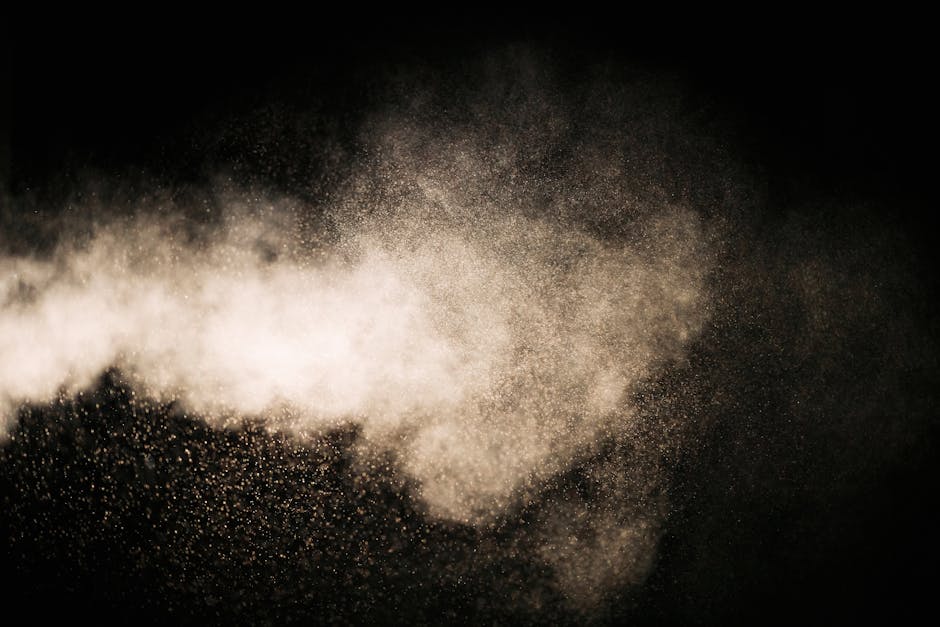
Visual Effects in Animation
Animation has come a long way since its early days, and one aspect that has greatly contributed to its evolution is the use of visual effects. Visual effects add realism, depth, and excitement to animated scenes, making them more captivating and immersive for the audience.
There are various techniques used to create visual effects in animation. One common technique is the use of particle effects, which involve simulating the behavior of particles like fire, water, smoke, or explosions. This technique allows animators to create lifelike effects that enhance the overall visual appeal of the animation.
Another popular technique is the use of 3D modeling and rendering. By creating detailed 3D models of objects, characters, and environments, animators can bring them to life and create stunning visual effects. Lighting and shading techniques further enhance the realism and visual impact of these 3D models.
Visual effects are also applied during the post-production stage of animation. Techniques like compositing, matte painting, and rotoscoping are used to seamlessly integrate animated elements with live-action footage or backgrounds. These techniques help create cohesive and visually stunning final compositions.
Overall, visual effects play a crucial role in animation by adding depth, realism, and excitement to the animated scenes. They enhance the overall viewing experience and make the animation more engaging for the audience.
